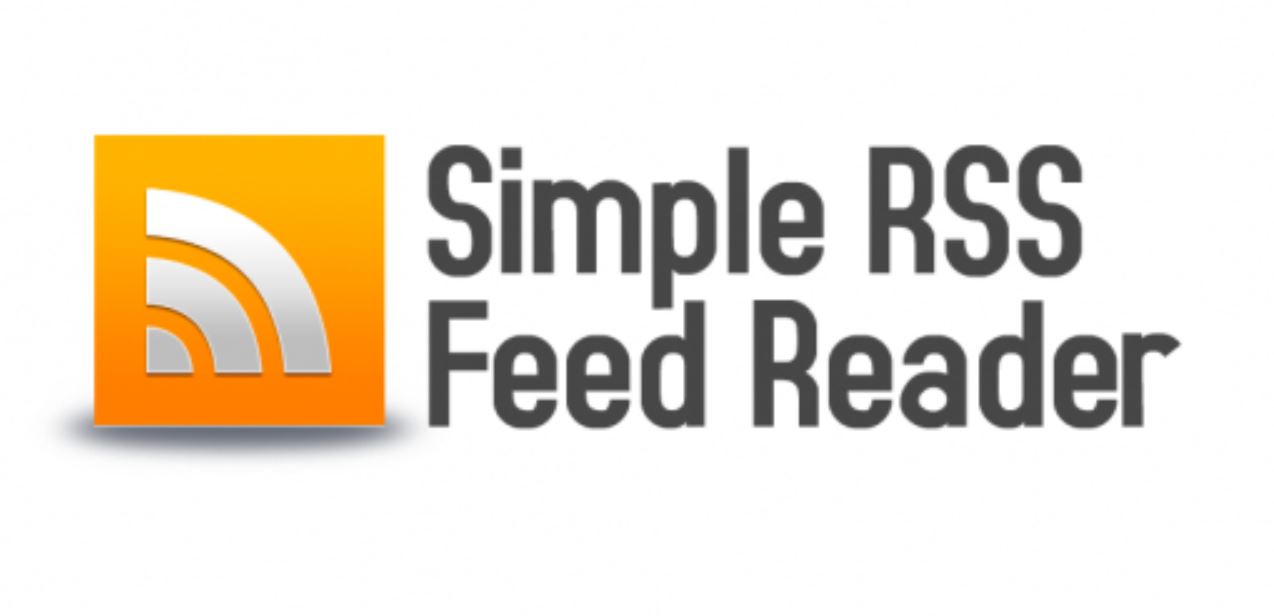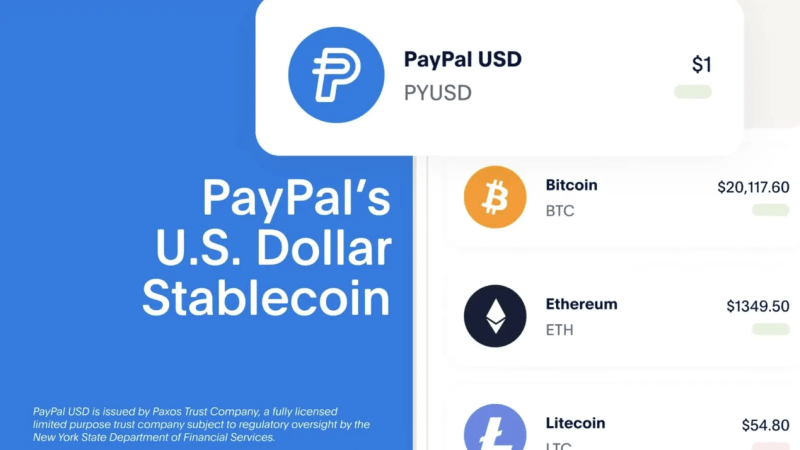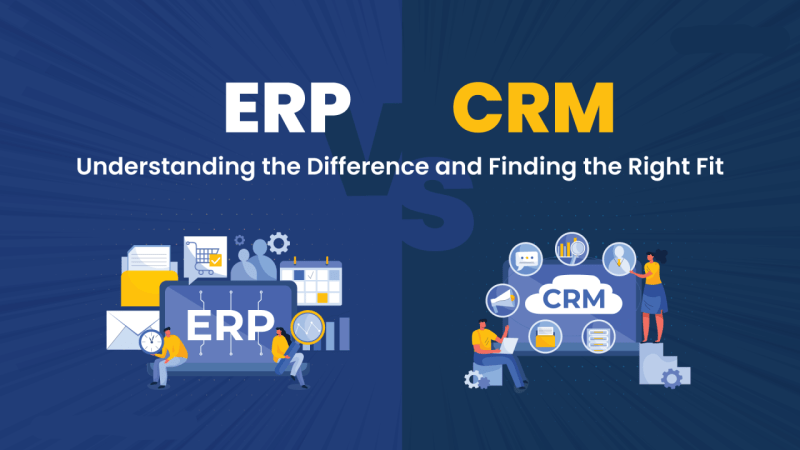RSS feed readers and their main benefits for small business owners

In a sea of software solutions aimed at business owners and fresh entrepreneurs, there’s only one question that matters – how much is it going to cost?
Resources are always tight when you’re small, and that’s why you need a tool that’s flexible and gives you a big bang for your buck.
RSS feed readers fit the mold. They’re pretty versatile (even their free versions), and there are so many choices out there – you’re bound to find one that ticks off all the boxes and is intuitive to work with.
Table of Contents
What is RSS?
RSS used to be one of the pillars of the Internet, and websites used to boast about how many people were subscribed to their RSS feeds. Those halcyon days might be over, but RSS has not gone away because you can’t kill something that works.
If you’re not familiar, RSS is a protocol for content distribution. The name is short for Rich Site Summary or Simple Syndication; it depends on who you ask. Through RSS, users can receive and view new posts from many sites without visiting each site individually. Instead, they can subscribe to a site’s RSS feed via an RSS feed reader, which syncs up with the site and then pulls up new posts as soon as they’re published.
These are the basics. The first available method to bring order to the Wild West was the Internet in the early 2000s and the groundwork for newsletters and social media subscriptions.
How can it help your small business?
Keep track of your competition.
RSS makes it easy to track your competitors because they can syndicate content from a variety of sources. In addition to blogs and news sites, RSS readers have good support for social media feeds, whether a hashtag, a Twitter search or a social media account. As long as it’s public, nothing stops you from receiving every single post your competitors make. Other than that, readers can follow rival newsletters and redirect any results on Google Alerts.
Suppose you’re unsure how to subscribe to a site, no worries. You don’t need to jump through any hoops. Certain readers make it easy. Inoreader has a browser extension that subscribes you directly to any feed already on a page. The best thing is that RSS allows you to organize all your feeds into neat folders based on each competitor.
Create more targeted campaigns
Regarding campaigns, RSS comes in handy when it comes to monitoring keywords for mentions and engagement. The more results you get during a campaign on your branded hashtag, the more you know your campaign is working and vice versa.
But that’s in the here and now.
RSS is truly useful when you take a bird’s eye view and think strategically about building your campaigns. Are they correctly targeted based on keywords? What are the keywords that your audience uses? How do your ideal customers speak?
Through RSS, you’re able to research by going through reviews, industry press on relevant trends as well as press coverage (key for it to be about your brand and your competitors). Now that you have the building blocks, it’s time to create synergy between brand, product and messaging.
Also Read: Benefits of developing and using native applications
Get to know your customers better.
Listen to your audience. RSS makes for a fantastic low-budget tool for social media listening. The goal of such listening is to get to know your customers better. No matter how long you’ve been in business, your customers will always find ways to surprise you as times and their needs change. It is not uncommon for brands to shift their focus from one buyer persona to another.
Since you can draw content from all over the Internet, you’re in an excellent position to find out the answers to many questions. What are customers saying about you? What do they want? What do they take issue with your products?
The relationship between brand and customer is an ever-evolving one. RSS helps you stay on top.
Create better content & attract customers
Pulling on everything from the points above, you’ll find yourself immersed in your industry’s goings and gain a good grasp of what type of content interests your audience. This can be done based on observations of what’s going viral and what your competitors’ content looks like. What you end up with is a framework within which you can develop a brand-specific flavour. Ride waves as they pick up speed so that you’re riding high and reaping the rewards.
RSS readers also come in handy when it comes to intense research. Because you can subscribe to many feeds simultaneously, you’re able to see trends just by paying attention to the titles of articles you read. But there are also ways to discover fresh content through the RSS reader itself. Many readers nowadays have built-in content discovery functions. Inoreader has its own segment and also provides users with a variety of searches.
Save time, effort and money.
Ultimately, RSS readers shave time off your workday. Blessed be automation. All you need to do is set up your subscriptions and accompanying filters, and you’re done. Everything from articles to newsletters to podcasts to tweets to YouTube videos finds its way to your dashboard in the exact order you choose.
Sure. To use some special features, you have to upgrade to a paid plan, but the cost is negligible compared to purchasing other management and organizational tools. Plus, you benefit from so many special features. RSS feed readers can effortlessly integrate with other services and programs thanks to IFTTT and Zapier. Create as many chains of triggers and commands as you’d like to automate your experience further.






